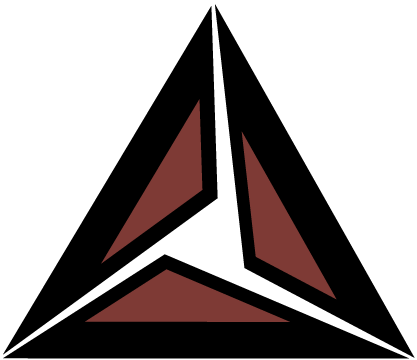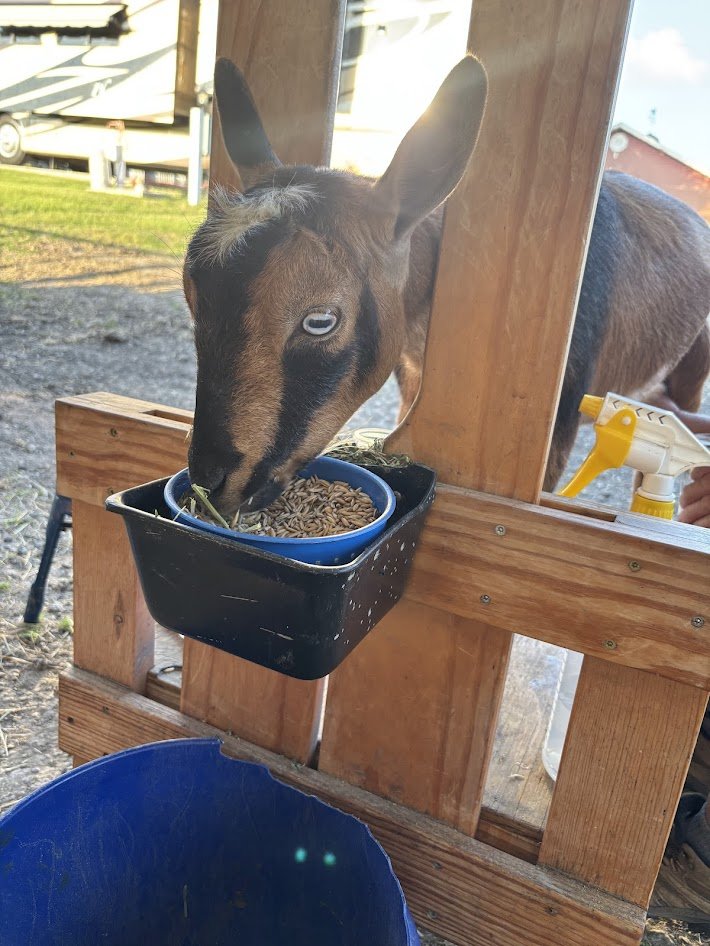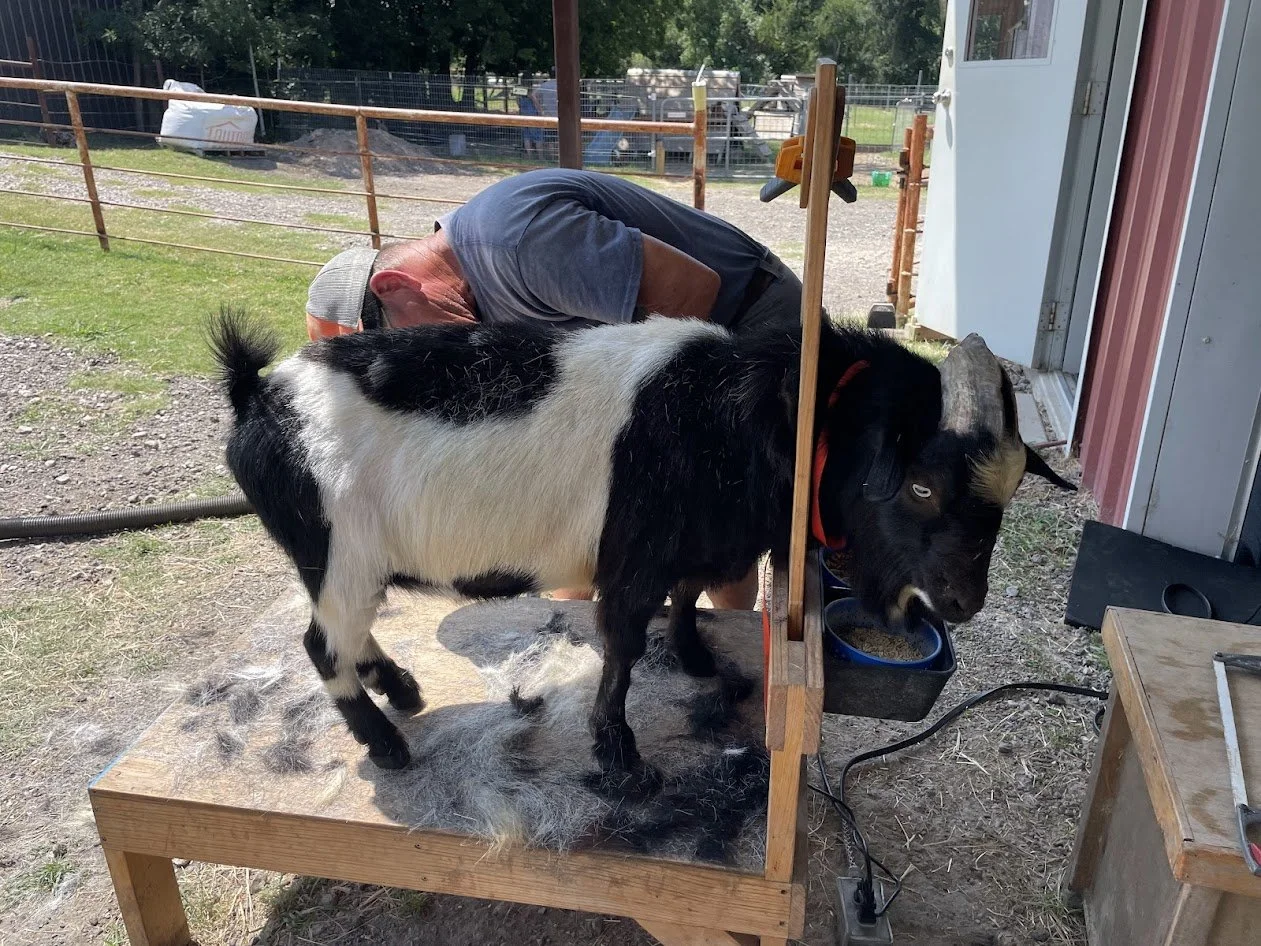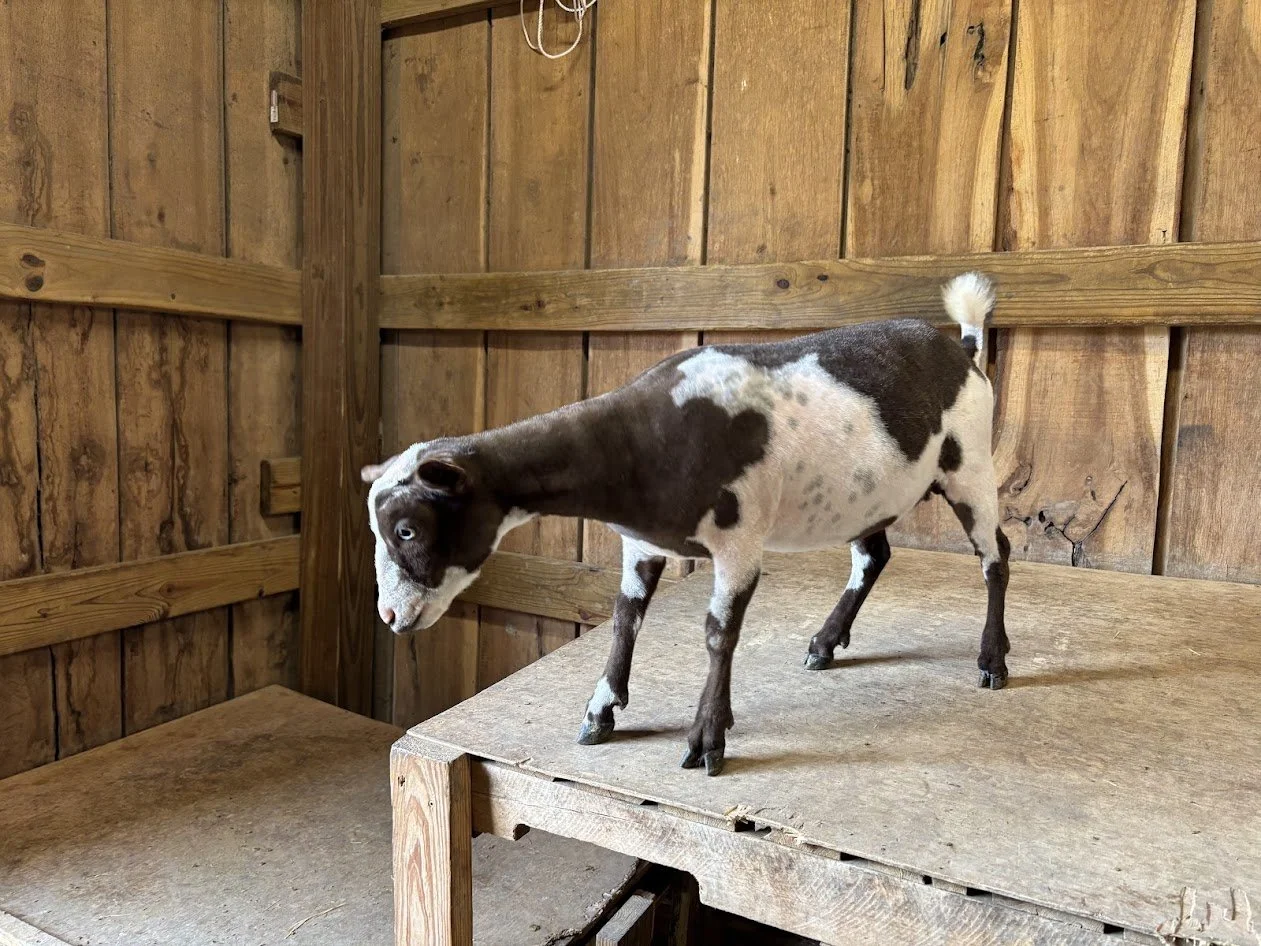Everything you need to get started raising mini dairy goats
It’s such a fun, fun thing to get goats for the first time, but it can be tragic if you make ignorant mistakes. Below we will go though the top must haves when setting up your goat accommodations and some starter care needs to have before you pick up your first goats. We also have a one stop starter kit that we sell for first time goat owners here.
When we first started out we combed the internet looking for every tidbit of information we could find on how to set up and start. Different regions and climates have different needs. Different breeds have varying requirements. Dairy is very different from meat… it was overwhelming to say the least, and there was a lot of conflicting information. Not so different from parenting, every goat is different and every goat owner has their own preferred methods. Different goats need different things so my advice is to read everything you can and then do what works for your own goats. They are hardy and you, with trial and error, will find the formula that works for you.
The list below is for East Texas, but most of it applies to small dairy goats (we have Nigerian Dwarf goats) everywhere.
Space/pasture requirements
Goats need room to graze and explore.
Your pen should be at least 100 square feet per two goats.
Goats should not share a pen with other animals because you don’t want them to pick up worms/parasites from other livestock. Sharing pasture is ok, just avoid chickens and pigs.
Nigerian goats need broadleaf grazing, and prefer weeds and leaves of trees and shrubs. They will eat the low stuff last and the grass not at all… so if you are looking for a lawnmower Nigerians aren’t going to help you!
Fencing
Fencing must be durable and tall. You need a fence at least 48 inches high. This keeps your goats in and their predators out.
Stick to the following fence types:
Rolled wire
Welded wire less than 6 gauge is no good. No garden fencing - these are just not strong enough.
Horse fence panels
Fully electric
Bucks
If you are planning to keep bucks, their quarters should be far enough away from your does that an escape isn’t detrimental. A buck in rut will do anything to get to a nearby doe in heat, and he will escape through any weakness. We keep our breeding does in a pen and surrounded with horse fence panels. We have a 50 foot pen between the ladies and the bucks. (Our bucks would need to break out of their pen and then into the girls pen to get to them.) If you have the ability to separate them visually that’s even better.
Babies
Goat kids that are newborn up to about 5 weeks will be able to fit through a 4” gap in fencing, so keep it in mind for the bottom two feet of your fencing solution.
Protection:
Different regions have different types of predators, and in Texas we have a lot of coyotes and bobcats. We have rolled wire fencing for the exterior of our pasture with electric fencing on the bottom and the top that is set out from the fencing about a foot.
This prevents predators from digging under the fence or jumping over it. Whether you go solar or electric, it is important to have a back up in the form of a battery in case you lose power for some reason.
Folks ask about donkeys as protection and - while they are territorial and do not like “dog like” animals - they will not protect your goats. Donkeys protect themselves and their own herd.
Dogs make great guardian animals, but they have to live in the pen with your goats. Don’t expect the family dog to be much help when there’s a predator in the middle of the night even if your dog lives outside. If it’s not in the pen with the goats, it’s not going to protect them.
Night vision cameras and motion sensor lights are also good to have to see if anything is stalking your goats.
Shelter:
This can be pretty simple. Make sure it:
Has shade in summer (and won’t heat up but stay cooler inside)
Offers a windbreak in winter
Stays completely dry in spring and fall
Allows adult goats to sleep up off the ground and babies to sleep on bedding under a raised platform. (They like a little cave.)
Has a door/gate that can shut and a heat source if you plan to have kids in colder months. Below are some examples of good goat shelters.
Food & Supplements
Goat pellets
Coastal Hay
Goat treats (ours love licorice flavor)
Goat Minerals (blocks and loose)
Salt Lick
Alfalfa Hay or pellets for nursing or milking does
Black Sunflower Seeds for nursing or milking does
Baking soda
Shots and Maintenance
CDT - you can get this from your vet or Tractor Supply
Hoof Trimmer - trim hooves every 4-6 weeks
DeWormer
Milking or trimming stand
Electric shaver
Things to avoid
Hay bag feeders that have holes they can get tangled up in
Pallets they can get their feet stuck in
Other small cracks they can get their hoofs stuck in
Water (💦 + bacteria = 👎🏻)
Any hanging cords or wires they can reach and chew up
Loose boards or fencing they can rip apart
Platforms near the fence line that they can use to jump over
If you have made it through this very lengthy article, then you are armed with an excellent educational start to your journey. Remember that every goat owner is a little bit different in their methods, and there are a lot of wrong ways, but there are also a lot of right ways to raise goats. Read as much as you can. You will see a lot of conflicting information, but the more you read the more you will see consistency, and you will know what to trust.
Feel free to call us here at Salt Ranch anytime you have questions! Our main objective is to help people get started with goats! It’s our passion and we want to share it.








